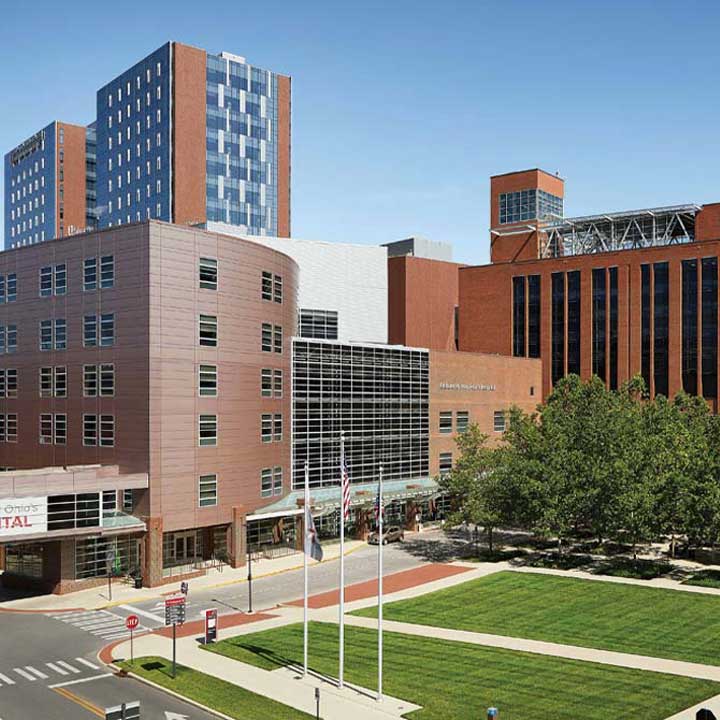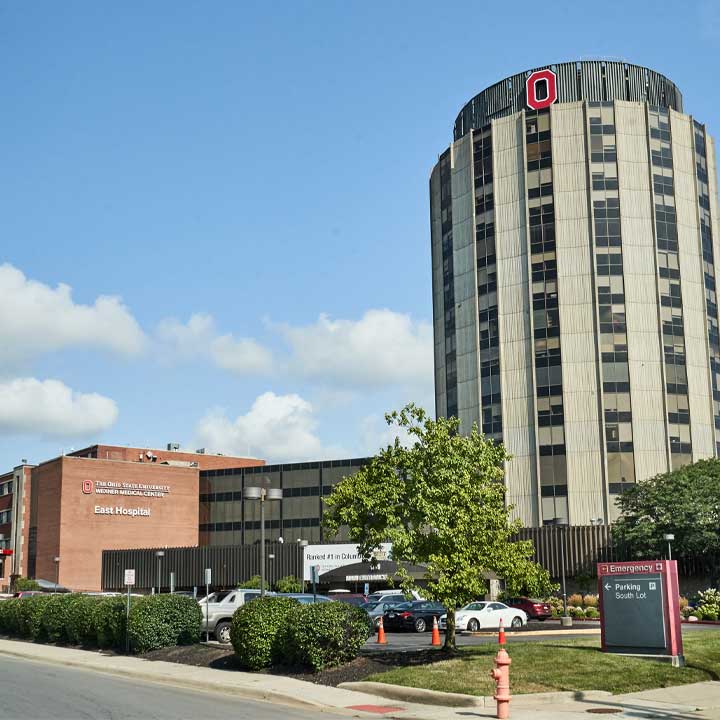Atherosclerosis is a thickening or hardening of the arteries. It is caused by a buildup of plaque in the inner lining of your artery. Plaque is made up of deposits of fatty substances, cholesterol, cellular waste products, calcium and fibrin. Your affected artery walls thicken and lose elasticity. It's a progressive disease that can begin as early as childhood. Atherosclerosis can cause coronary heart disease, the single leading cause of death in the United States. Atherosclerosis also is referred to as hardening of the arteries and blockages of the arteries.
What causes atherosclerosis?
Many of these risk factors can be reduced or eliminated by changing your lifestyle:
- Elevated cholesterol levels
- High blood pressure
- Smoking
- Diabetes
- Obesity
- Physical inactivity
- High-saturated fat diet
- Genetic factors
Symptoms
Symptoms of atherosclerosis develop gradually, vary depending on the affected artery and may resemble symptoms of other cardiac disease. For example, if a major artery is blocked, symptoms can be severe, such as those associated with a heart attack, stroke, aneurysm or blood clot.
If blockages in your arteries develop slowly, you can develop symptoms from a lack of sufficient blood flow to your heart. You may have chest pain, shortness of breath and become easily fatigued with physical activity. Over time, this impairment of blood flow can damage your heart, reduce its ability to pump effectively and can cause congestive heart failure.
As plaque gradually builds up in your arteries, blood flow is decreased and the oxygen supply is reduced to vital organs and extremities. A decrease in oxygenated blood to your heart may result in a heart attack. A decrease in oxygenated blood to your brain may result in a stroke. If the oxygenated blood supply to your arms and legs is reduced, limb loss can occur. Reduced blood flow or the availability of oxygen to any of your organs can impair their function, leading to kidney problems, muscle pain and weakness in the legs and impaired memory.
Why choose Ohio State for aortic atherosclerosis treatment?
The Ohio State University Wexner Medical Center has expertise in complex and high-risk coronary catheter and surgical treatment options, including stents and coronary artery bypass graft (CABG). When stents and coronary artery bypass crafts are not reasonable options, advanced treatment is available, including laser therapies (transmyocardial revascularization), long-term artificial heart pumps (ventricular assist devices) and heart transplantation.
Diagnosis
If your physician suspects you have atherosclerosis, you will have a complete examination and diagnostic tests that may include:
- Cardiac catheterization – A procedure to check for problems in coronary arteries. A long, thin tube (catheter) is inserted into an artery or vein in the groin, arm or neck, then threaded to the heart. The physician injects a contrast solution into the artery and takes X-rays to check for blockage and other abnormalities.
- Ankle-brachial index (ABI) – A test that measures blood pressure in the affected extremity
- Echocardiogram (also called echo) – This test uses sound waves to assess the function and structure of the heart muscle and valves
- Multiple gated acquisition (MUGA) scan – A nuclear scan to evaluate how the heart functions at rest
- Thallium/myocardial perfusion scan – A nuclear scan that is performed during rest and after exercise to detect areas of the heart muscle that are not getting enough blood
- CT heart scan – An imaging test to assess if there are blockages in blood vessels, including the blood vessels to the heart
Treatments
Treatment may include modification of risk factors, such as quitting smoking; exercising; improving dietary habits; losing weight; and reducing blood sugar levels, blood pressure and cholesterol levels. Tight control of blood sugar levels in individuals who have diabetes has proved to be an important factor.
Medication
Antiplatelet, antihyperlipidemic (statins) and antihypertensive medications may be prescribed to treat atherosclerosis. Medications such as nitrates can reduce the symptoms of impaired blood flow by improving the flow of oxygen-rich blood to the heart muscle.
Procedures
A cardiac catheterization procedure may be recommended. In minimally invasive cardiac catheterization procedures, a long, thin tube (catheter) is inserted into an artery in your groin or arm, then advanced to your heart. Contrast solution is injected into the arteries of your heart, and X-rays are taken to check for a blockage (CT angiogram). If blockage is found, then a percutaneous coronary intervention (PCI) can be performed. This procedure can include removing a clot by suctioning it out, opening the blocked artery with balloon angioplasty or placing a stent to restore blood flow to the heart muscle.
Surgery
Coronary artery bypass graft (CABG) or peripheral vascular surgery may be required to remove a blockage in a blood vessel to your heart or extremities.
Minimally invasive robot-assisted bypass surgery, which requires only small incisions in the chest wall, is available at The Ohio State University Wexner Medical Center.



